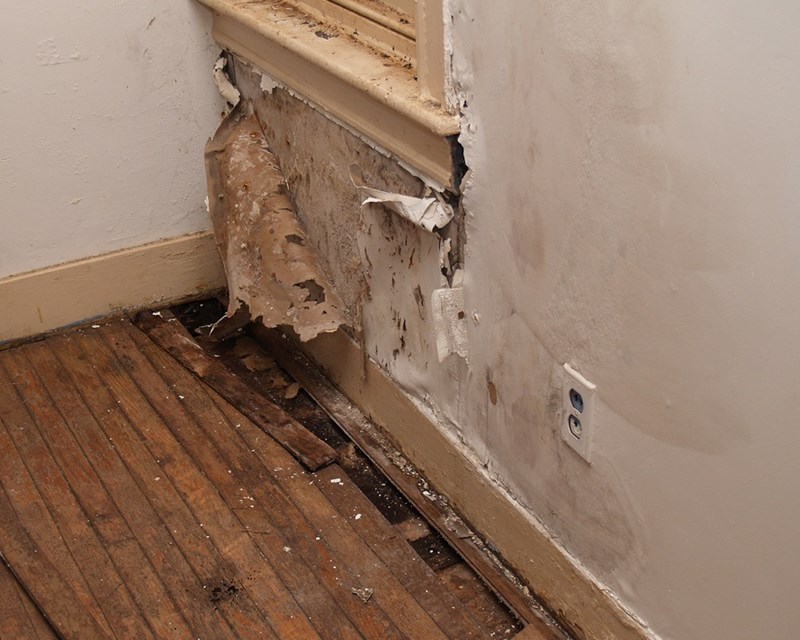Bathroom Water Damage - Ways To Stop This Happening
Bathroom Water Damage - Ways To Stop This Happening
Blog Article
What are your opinions about Looking for Signs of Water Damage in the Bathroom?

The shower room is exceptionally prone for wet buildup and also possible water damages due to the frequent use of water in it. This article provides easy evaluation techniques to help discovering water damage hazards.
The frequent use of water in the bathroom makes it extremely vulnerable for moist buildup and also prospective water damage. By examining it regularly, you can minimize water associated damages.
The following collection of assessments is simple to carry out and need to be done when in every three months in order to keep your washroom healthy and to prevent possible water damages caused by the bath tub, the shower, pipeline joints and plumbing, sinks, cabinets, and also the bathroom
Do not disregard carrying out these inspections and also be extensive while performing them. Remember that these easy inspections can conserve you a lot of cash by supplying early signs for water damage
Sinks and Cabinets
Sinks and closets are subjected to moisture and also moisture everyday and are commonly ignored. Inspect consistently under the sink as well as on the countertop over it. Repair any drip in the catch as it may recommend drainpipe problems. Check out the sink, sluggish draining pipes might indicate an obstructed drain. Change sink seals if they are split or loose.
Bath tub as well as Shower
The shower and also tub require unique attention and also maintenance. Examine the ceramic tiles and change if cracked. Make certain that there is no missing cement between the floor tiles. Inspect and also replace split caulking at joints where the walls meet the flooring or the bathtub. Blocked drains as well as pipes issues will certainly avoid the bath tub from drying and also may suggest serious issues beneath the tub. Seek advice from an expert quickly to prevent architectural damages. Take note of stainings or soft areas around the tub wall surfaces as they may suggest an inner leak.
Plumbing
Signs for water damage are tough to spot considering that most pipelines are mounted inside the walls.
Pay special focus to flooring as well as wall surfaces dampness as well as stains as they may suggest an unseen plumbing problem. Inspect dampness levels in adjoining spaces too.
The Toilet
The bathroom is a prone water joint. Check the water lines as well as look for leakages around the commode seat, in the hose, as well as under the water container. If you identify any indications of wetness on the flooring around the commode, check for leaks in the toilet rim as well as container seals.
Realize that hanging toilet bowl deodorants boosts the possibilities for blockages.
Water Damage Signs In The Bathroom To Avoid Cleanup
Musty smell
This is one of the easiest signs to catch because musty smells are so odorous. The damp, earthy, moldy smell should be a big red flag. The smell will develop when moisture gets trapped in surfaces, and begins to facilitate mold growth. Leaking pipes under cabinets, inside walls, and behind shower fixtures will cause moisture to stay trapped and not dry, which will lead to mold growth and spread. As soon as you notice any musty smells in your bathroom, have it checked for hidden water damage and cleanup signs.
Visible mold
If the smell isn’t there to give it away, sometimes you will actually see mold growth. Finding mold in your bathroom is a serious problem, because mold is very harmful to your health. By the time mold growth is visible, it also means that water damage has already occurred and been present for some time. The only way the mold problem can be resolved is to find the source of the moisture and get it stopped. To safely and adequately remove mold, you need to have professionals handle the remediation. Do not waste any time in getting mold problems addressed, fixed, and sanitized so that you can protect you and your family from the many respiratory symptoms caused by mold exposure.
Damaged floors
Bathroom floors should be able to withstand some exposure to water while still remaining in good condition. However, when excess exposure or water leaks occur, they will begin to damage even the most water-resistant flooring. If you notice any cracking, bubbling, staining, or warping on your bathroom floors, there is probably a water leak somewhere causing the distortion. If you notice areas of the floor have become softer, or even have a spongy feeling, there is probably damage to the subfloor. Subflooring is typically made up of plywood. When plywood is exposed to water or moisture, it will absorb it. Once it has become saturated, the weight of the excess water will cause the wood to swell and soften. Check the floors in your bathroom frequently to catch any of these sings before they lead to damaged subflooring.
Changes on walls
When water leaks behind walls, it will cause changes in the drywall. Peeling plaster, blistering paint, and soggy wallpaper are all good indicators that excess water is building up behind the wall. Water leaking behind drywall will cause it to swell and be soft to the tough. If you start to notice gaps along the trim of your walls, or where tile meets the wall, it could also be a strong indicator that there is a leak behind the wall. Any changes, distortion, or damage on the walls should be evaluated as soon as you notice it to prevent further water damage and cleanup.

I'm very eager about Common Causes of Water Damage in a Bathroom and I'm hoping you liked the blog posting. Do you know about somebody who is excited about the niche? Be sure promote it. Thanks a lot for going through it.
Click Here To Read More Report this page